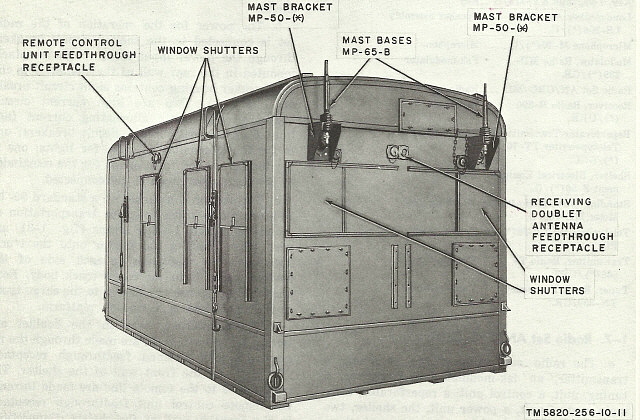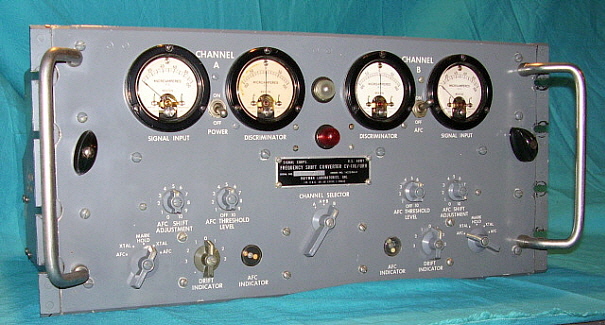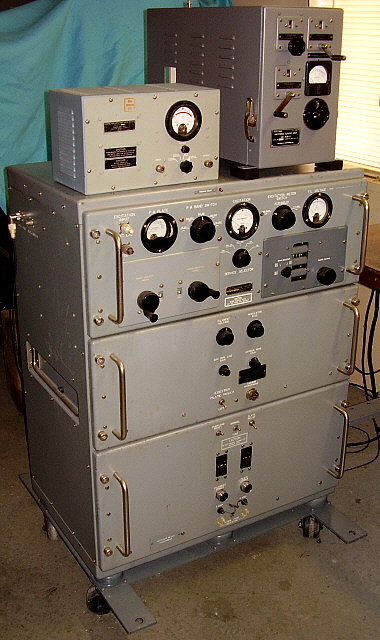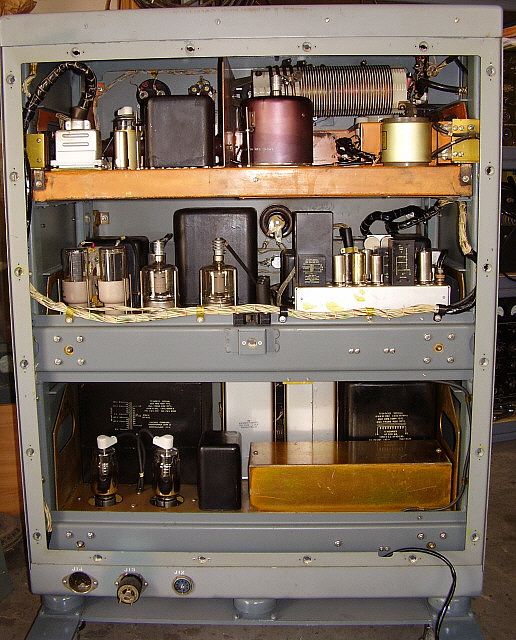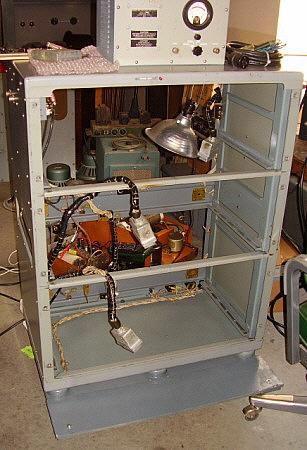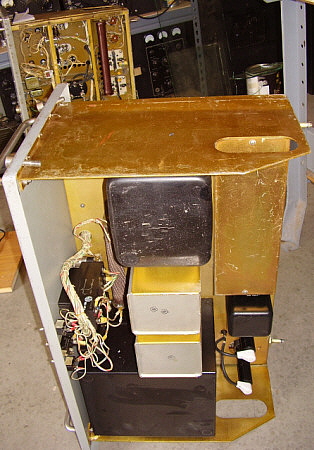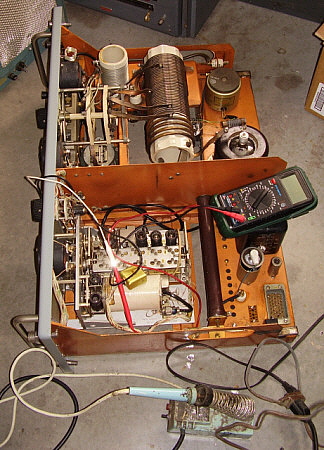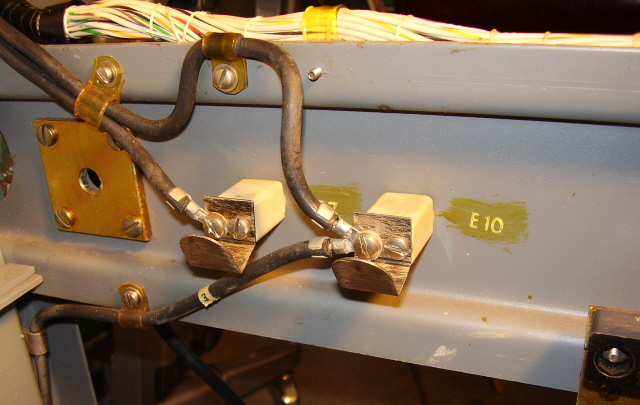| >>> Warning - A
Consumer's Opinion - I usually don't pan products but
JASCO's 15 min. Premium Paint and Epoxy Stripper has had a formula
change. I've used this product in the past with no problems however it
had probably been over five years since I'd done any projects that
required methylene-chloride stripper. I bought two cans at different
locations at different times and both cans had the same problem. The
JASCO stripper is the consistency of Jello that will not spread. It
smears around in gelatinous lumps that won't cover the paint evenly, if
at all. Now,...it does strip,...eventually,...but it is virtually
impossible to spread. It's like trying to strip paint with Jello. This
makes the job take much longer than necessary because of the multiple
applications required. I used the JASCO on the chassis but purchased a
can of Klean Strip, which is also a methylene-chloride stripper, to
strip the cabinet. Klean Strip has a good consistency (about like a thin
milk shake) and worked quite well only requiring one application.
NOTE: The JASCO
change is probably due to the hazardous nature of methylene-chloride
vapors. The gelatinous consistency limits the vapor to a certain extent.
This probably goes back to the OSHA write-up on methlylene-chloride
which recommends using the thick consistency stripper rather than the
liquid-type. All work with this type of stripper MUST be performed
outside with ample ventilation. DO NOT use methlylene-chloride in a
non-ventilated area. Nitrile, neoprene, latex or any of the commonly
found gloves WILL NOT protect your hands. You have to use PVA
(polyethylene-vinyl layered) gloves, which are difficult to find. Even
then, you should first put on a pair of Nitrile gloves and then the PVA
gloves. Only use methylene-chloride stripper when no other type of
stripper will do the job.
Back to Rebuilding
- Once the paint was removed then the metal parts were cleaned with
high-pressure water and then Glass Plus. I then did the body work
(straightening the bent metal) followed by wet-sanding the metal with
600 grit Al-Ox paper and Glass Plus. This was followed by a wash with
lacquer thinner. Next, I red-oxide primed the metal. The final paint job
consisted of two coats of Rust-oleum
American Accents "Satin
Granite" which is a satin finish medium
gray and very close to the standard military medium gray color. I let
the paint set for several days before performing reassembly in order for
the paint to be hard enough to prevent marring. I also noticed that the
Satin Granite paint is a very low odor type of paint. After four days
setting, the paint had no noticeable odor and was moderately hard.
VC-12 Located
- As mentioned, the 12pf vacuum cap was missing. I thought I was going
to have to search for awhile to find the correct part. I took a look a
eBay not really expecting much. Searching "vacuum capacitor," on the
first page about five down, there was a Jennings VC-12. I couldn't
believe it! Then I took a look at who was the seller,...Ham & Hi Fi in
Sparks, Nevada. I never expected to find VC-12 within about 5 minutes of
looking and have it located about 25 miles away. I acted on the
reasonably-priced BIN and picked-up the VC-12 the next day.
Reassembly -
Mechanical alignment has to be carefully performed when reassembling the
BC-939. The couplers on the two upper roller inductors don't have
flexible hub mounts so the alignment of these two inductors has to be
accurate so as not to break the ceramic insulator. The lower switch and
inductor should also be close in alignment but since the couplers do
have flexible mounts their alignment isn't as critical. I had to use
heavy paper shims on the high frequency roller inductor mount to get the
alignment correct. The other two roller inductors and the switch aligned
using their mounting adjustments.
It's possible to get the antenna selector switch out of
synchronization. Watch the rear contacts versus the front contacts and
it becomes apparent how the switch should be positioned before the
coupler is tightened.
Since the chassis had been bent, the ceramic insulators for the tuner
output connections were broken. Although the outer ceramic pieces were
in good condition, the internal ceramic that passes through the chassis
metal was broken on two of the three insulators. I used epoxy to glue
the internal ceramic pieces back together to correct the problem.
The top cover also has a connection piece in the top. It is a ground
connection that goes from a top binding post through the cover to an
internal contact that presses against a flexible contact plate on the
Coupling roller inductor which accomplishes a ground connection at that
point. Although the BC-939 is grounded to the transmitter at the side
terminals this top connection is used if coaxial cable is used to
connect the whip antenna to the tuner. The shield would connect to the
top cover binding post and the center conductor would connect to the
binding post inside the large circular opening at the rear of the
tuner-cover.
Performance - Not good news
for wire antennae - I decided to do my testing at low
power - really low power. Rather than using the T-368 for testing, I
connected up a Viking Ranger. This limited the RF power to less than 50
watts for testing. Since both the T-368 and Ranger use a Pi-L network
type output, the results should be comparable as far as settings and
functionality. Once low power applications seem to work then going to
high power would show any arcing or other high power problems that might
happen.
Futile Empirical
Experimentation - I already knew what to expect but I had to
go through the experiments anyway - empirical proof and all that sort of
stuff. My first attempt was to load my "two half-waves in-phase" antenna
with the feed line shorted and then worked against ground. I thought
this might work as some sort of random wire antenna load however that
antenna had way too much inductance for the BC-939 to provide matching.
I tried just one "leg" of the antenna with similar results. Next, I
connected a 20 foot long piece of wire. With this "antenna" I could get
a very good match on 75M with the BC-939 set for the whip antenna
2mc-10mc range. My next test was to try a 67 foot end-fed wire. I
suspected that the "long wire" antennae for the military wasn't really
all that long and was probably something easy and quick to erect. I was
able to somewhat match the 67 foot wire antenna on the 75M band but the
SWR was rather high at about 6:1. It appears that if one really wanted
to use the BC-939 with a end-fed wire antenna then a lot of
experimenting would be needed to find a wire length that's within the
BC-939's tuning range for the intended frequency of operation.
Another Futile Experiment
- Obviously, the problem with the BC-939 and random-length end-fed wire
antennae is not enough capacitance available in the BC-939. Why not add
an external C in series with the wire antenna? A large air variable
could be connected in series between the antenna and the tuner and then
adjusted to give the best match with, for example, a 125 foot long
end-fed wire. So, first I tried 125 feet of wire with a 100pf variable
in series between the BC-939 and the antenna. I varied the capacitance
from a low of around 15pf up to the 100pf and could not get the tuner to
match the 125 feet of wire. I tried both "Long Wire" and "2mc - 10mc"
positions with similar results. Next, I went back to the 67 foot wire
antenna with the variable-C in series. With this set-up I was able to
get a match but the minimum SWR attainable was 6:1.
The next test is to use the air variable C in parallel with the
antenna. This test result will be coming soon.
20 foot Vertical -
This antenna is an actual Army antenna with insulated base. I've mounted
it on the side of the shop and use a vertical drop ground wire about six
feet long that connects to a ground rod.
To Sum it Up -
While there might be a combination of external L or C that might "help"
the BC-939 to provide a good match for a "long wire" antenna, it seems
to go against the idea of trying to use the equipment "as originally
intended." With no external L or C, the best results were with less than
60 feet of wire and while this could be loaded the mismatch was fairly
high unless the wire was around 20 feet in length. Perhaps with endless
patience a "magic length" long wire could be discovered for a certain,
specific frequency but it appears that "random length" long wires cannot
be matched.
In the military, a long wire would only be used if communications
distance wasn't possible with the vertical whips. This meant that
rarely, if at all, would the long wire antenna be used and then if the
SWR was 5 or 6 to 1, it didn't matter since it would only be for a short
time period. In the Army, if the transmitter could be loaded into the
antenna, then the SWR was acceptable. After all, communications was of
the upmost importance. Whether the final amplifier tube survived was
secondary since spares were always available.
Our experiments seemed to conclude that the BC-939 was primarily
designed to match a 15 to 20 foot long vertical whip and it does this
function rather well.
The Manual versus Reality
- Why the manual TM11-5820-256-10 states that the BC-939 can be
used with a dipole antenna is a mystery. I've talked to old ex-army
radio ops that actually used T-368s and this is what they say. "The
BC-939 was only used to match the whip antenna to the T-368. The other
field antenna available was a reel-out doublet. With that antenna, we'd
calculate the antenna length needed, reel out that much metal tape and
then connect the coax directly to the T-368, bypassing the BC-939. At
fixed locations we had a specific fixed-frequency that was always used
and the antenna was cut for that frequency. The coaxial feed went
directly to the T-368." |


